During an archaeological dig near the Nile River, researchers have discovered 30 additional new tombs carved into a hillside overlooking the water.
While this find in itself is remarkable — especially as these tombs contain interesting aspects of ancient Egyptian life — it’s the mummy contents of one odd stone coffin that have completely shocked scientists. Now, they’re looking to uncover this new mystery.
Houses of Eternity

Ancient Egyptian tombs were known as the houses of eternity. The burial and mummification process was sacred to the Egyptians.
Master builders and supervisors were instructed for years on how to build these tombs. It included performing rituals during construction, and there were guidelines on where to build the tombs, how to design them, and what materials to use.
30 Newly Discovered Egyptian Tombs
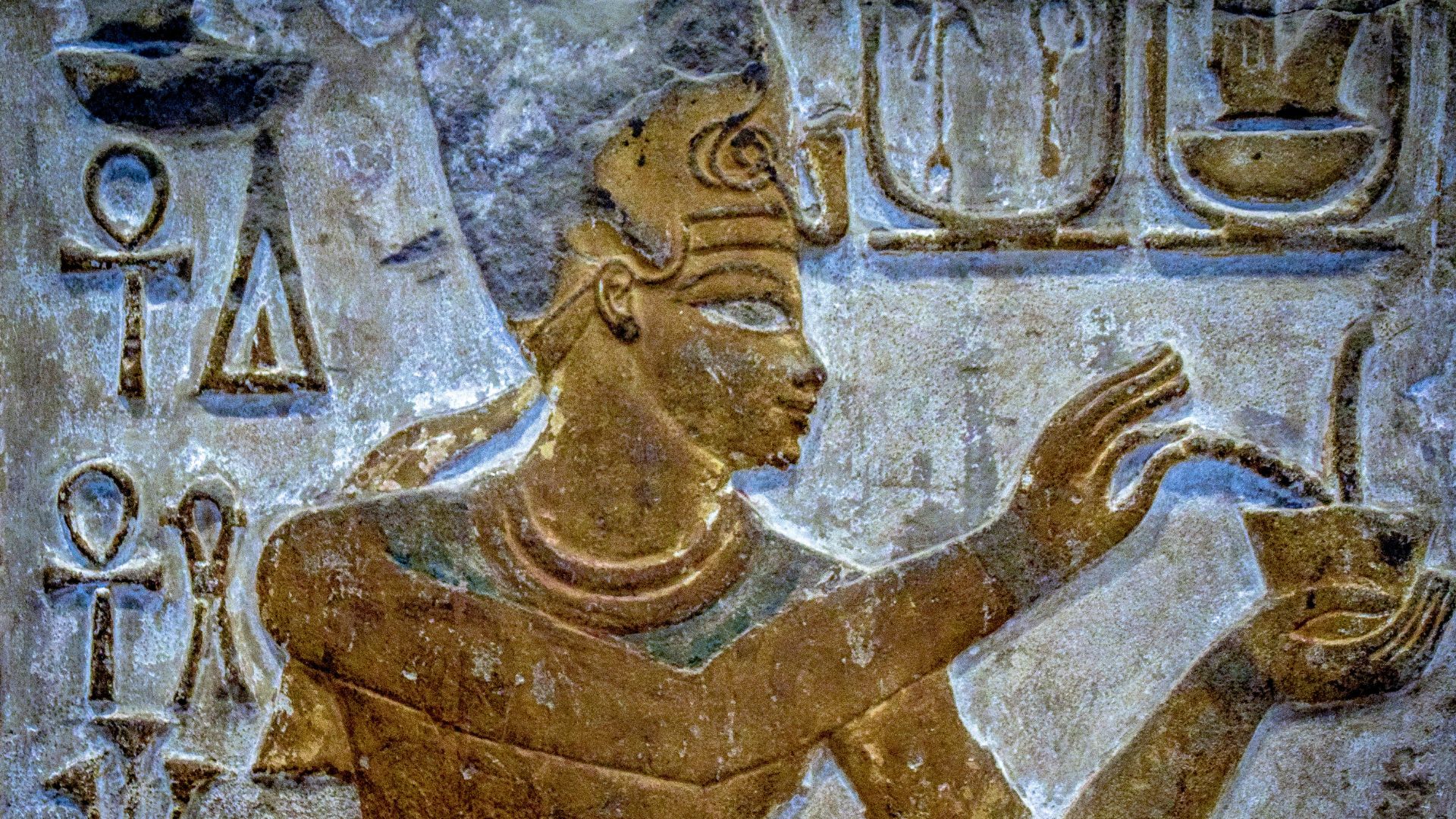
This archaeological dig occurred near the ancient city of Aswan. A joint Egyptian and Italian team uncovered these hillside tombs during research conducted outside of official channels.
This quickly led to the Egyptian government stepping in, taking control, and ensuring it was all properly handled. Now, thanks to new press releases from the government, we’re learning what these researchers found.
Tombs Show Ancient Egyptian Ways of Life
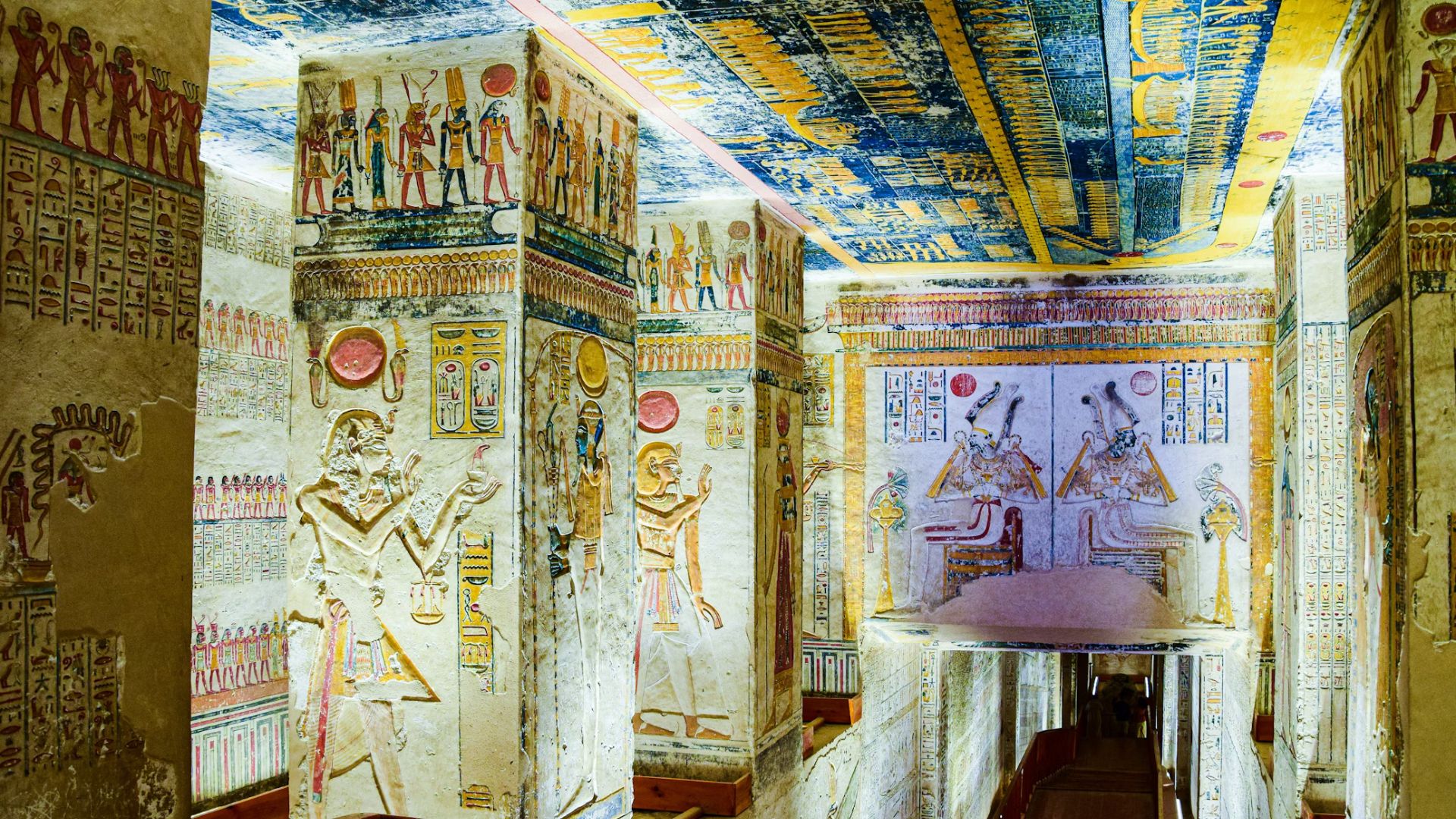
Ancient Egyptian tombs are helpful to archaeologists and researchers because they give them more information on what the Egyptian way of life and society was like back then.
Scenes on the tombs have ranged from warriors fighting on chariots to daily activities such as farming or fishing.
People Involved in Trade

The site where the Egyptian tombs were discovered was involved in the trade business. This was between Northern and subtropical Africa.
It is said to be one of the places where most, if not all, of Egypt’s history occurred, and there is much to learn from this area.
An Ancient Site
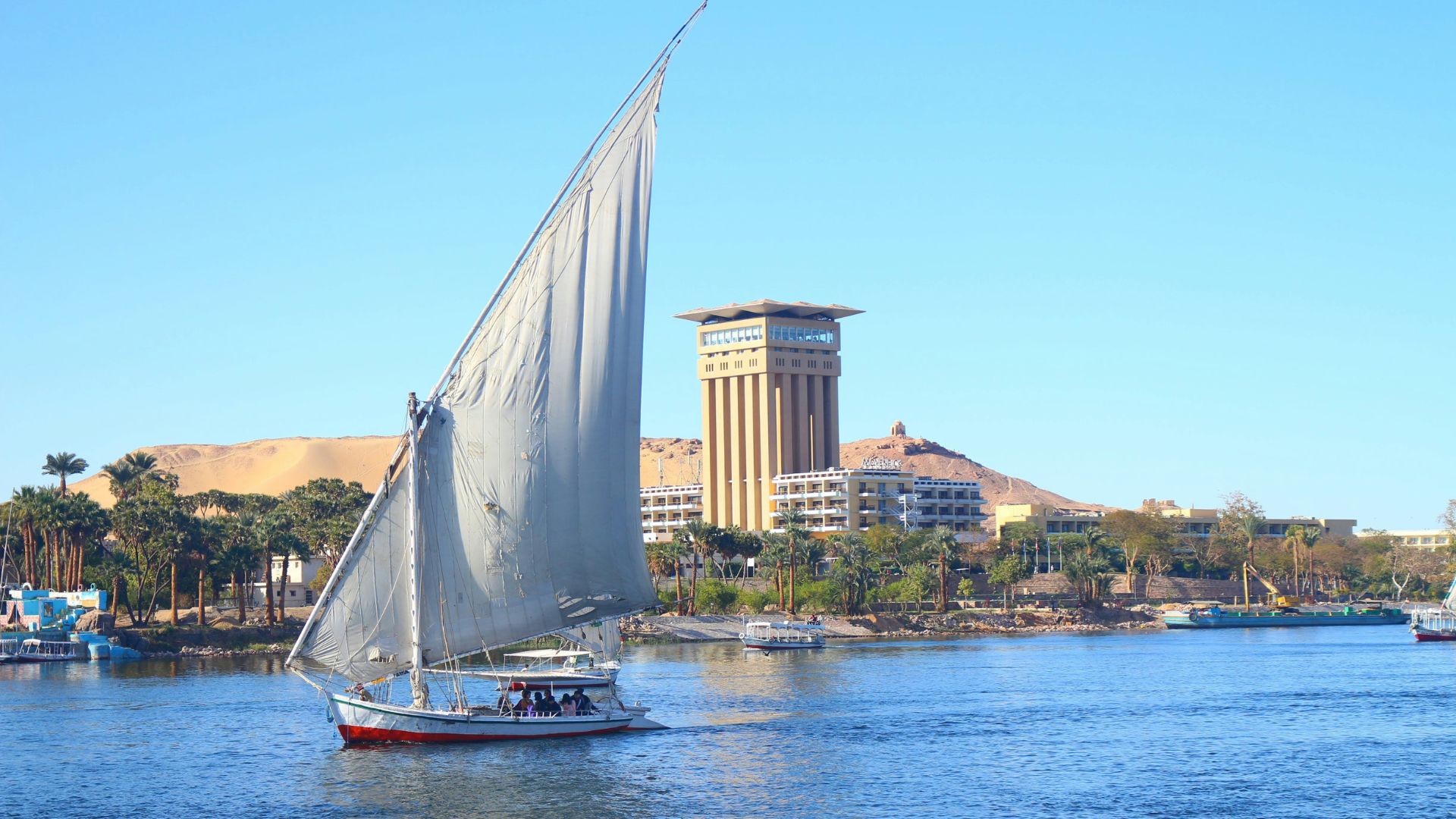
Archaeologists believe this tomb site was first active around 332 BCE to 395 BCE during Egypt’s late Greek and Roman periods.
About 33 graves were found in these hillside carvings. Alongside these tombs, researchers were also able to discover many items left behind, possibly from past mourners.
A Much-Used Site
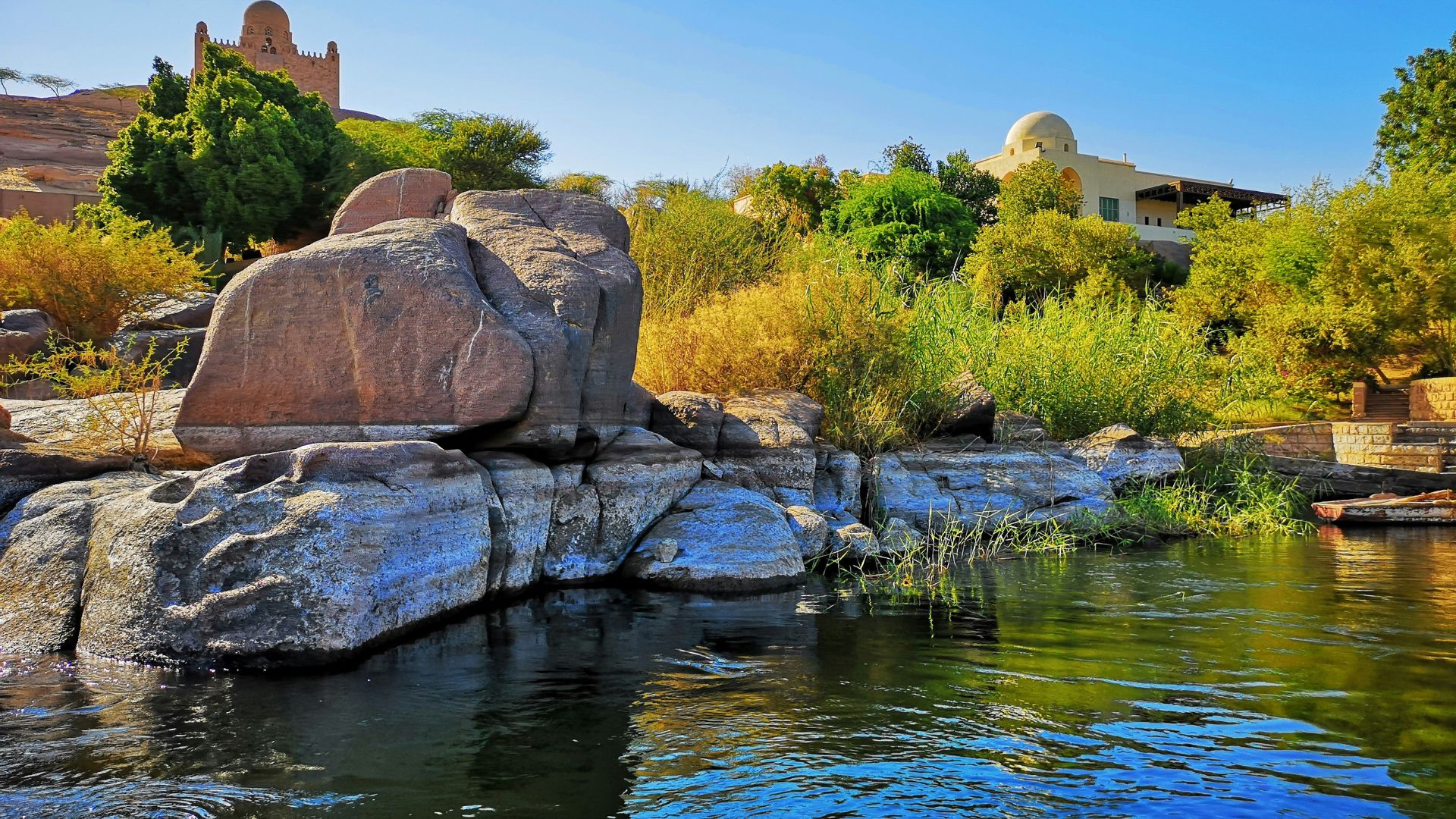
Archaeologists also believe these hillside tombs were used for centuries by families. As a result, they believe these tombs were likely used by those in the region for about 900 years.
Though these graves do differ from one another, scientists have uncovered that many of these tombs have something in common: many contain children.
Importance of Tomb Architecture

There were two key aspects of the tomb architecture, which were the burial chamber and the mortuary chapel. The burial chamber had to be below the ground and would house and protect the body and spirit.
Then there was the mortuary chapel, which was above ground and needed to be accessible to visitors. Visitors to the chapel would perform rites and make offerings of food and drink to the dead.
Illegal Excavations

The tombs were discovered during illegal excavations in the area. The government then asked some archaeologists to step in.
The archaeologists surveyed the area, which is when all 30 of the tombs were discovered. They were able to gain more access to find out more about them.
A Tomb Full of Children
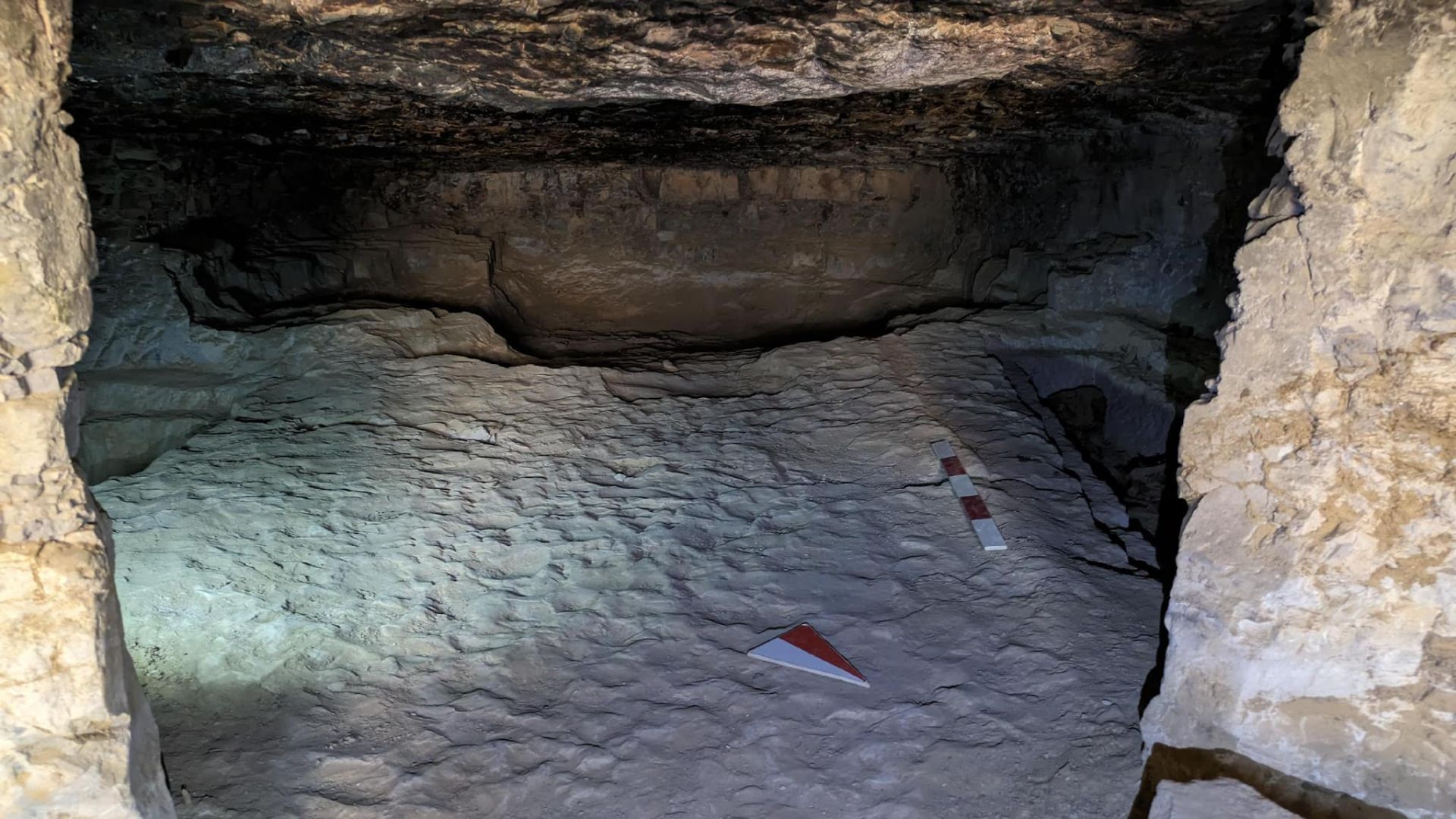
The Egyptian archaeological sector of the Supreme Council, Ayman Ashmawi, explained that about 40% of the 33 graves discovered hold the remains of either newborns or young children who passed away during their first few years.
However, other graves and mummies found suggest that these tombs contain family remains, as well.
Left Behind Lamps
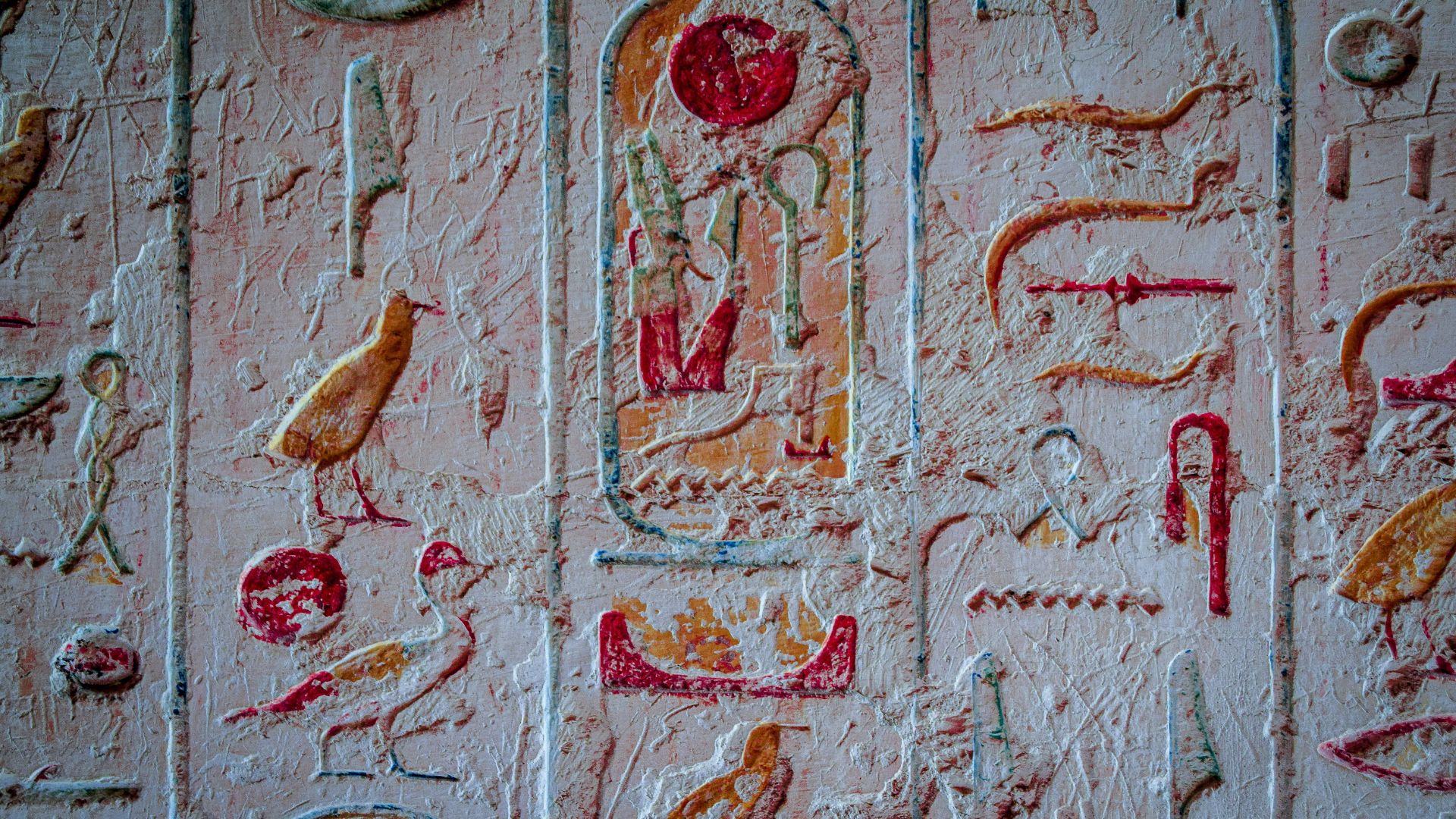
Interestingly, a 10-level tomb was found to still have oil lamps that seem to have been left behind by mourners centuries ago.
Patrizia Piacentini, an Egyptologist from the University of Milan who led the dig, explained, “We can imagine how spectacular it was when, for example, during the [mourners’] feast, all these tombs were illuminated.”
Tomb Structures Were 10 Levels
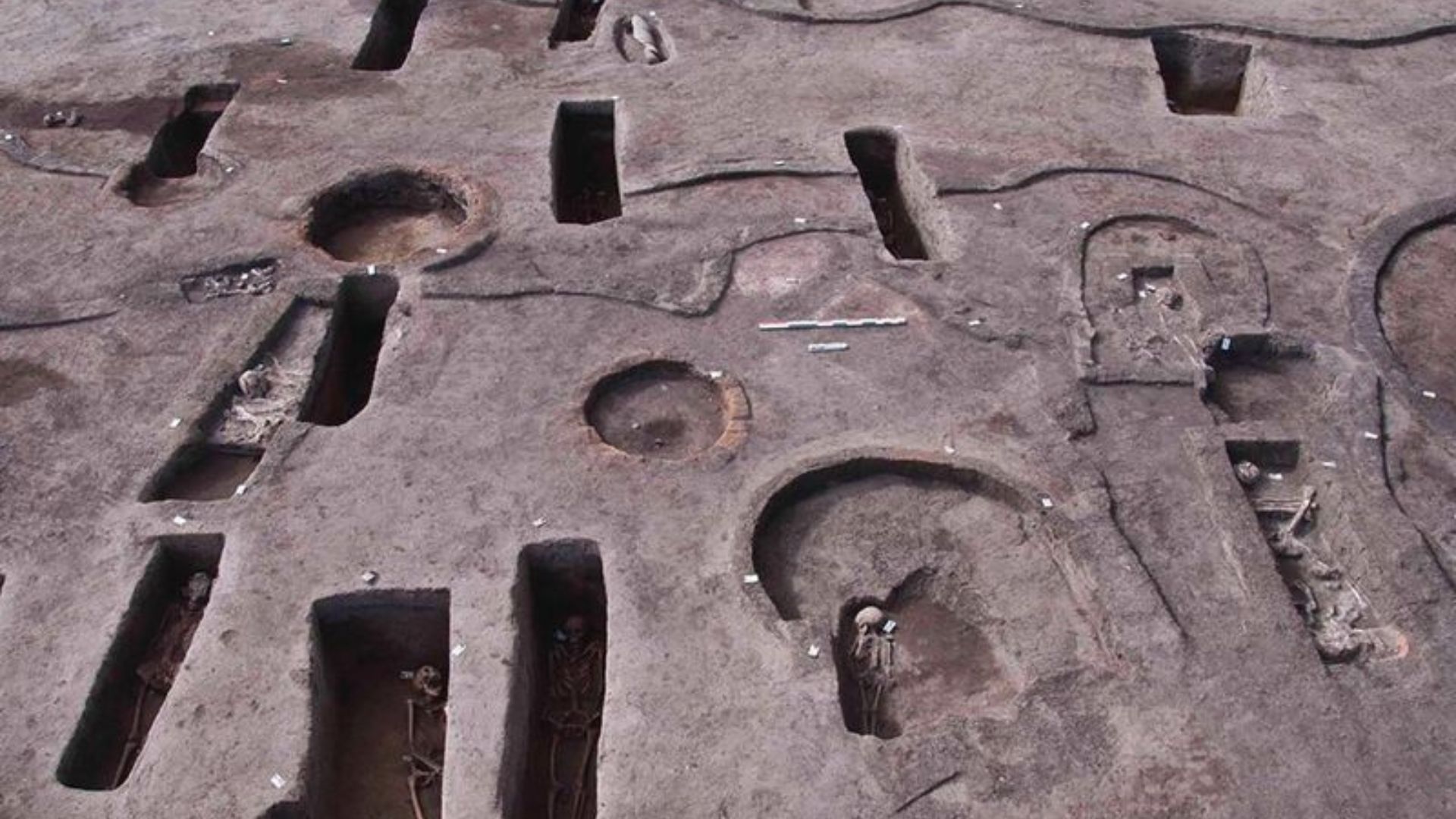
Typically, the tomb structures for Ancient Egyptians were two or three levels high. What makes this structure unique is that it’s ten levels high.
This is at the vertical height, and this discovery first led the archaeologists to question what or who could possibly be found in these tombs.
How These Ancient People Died
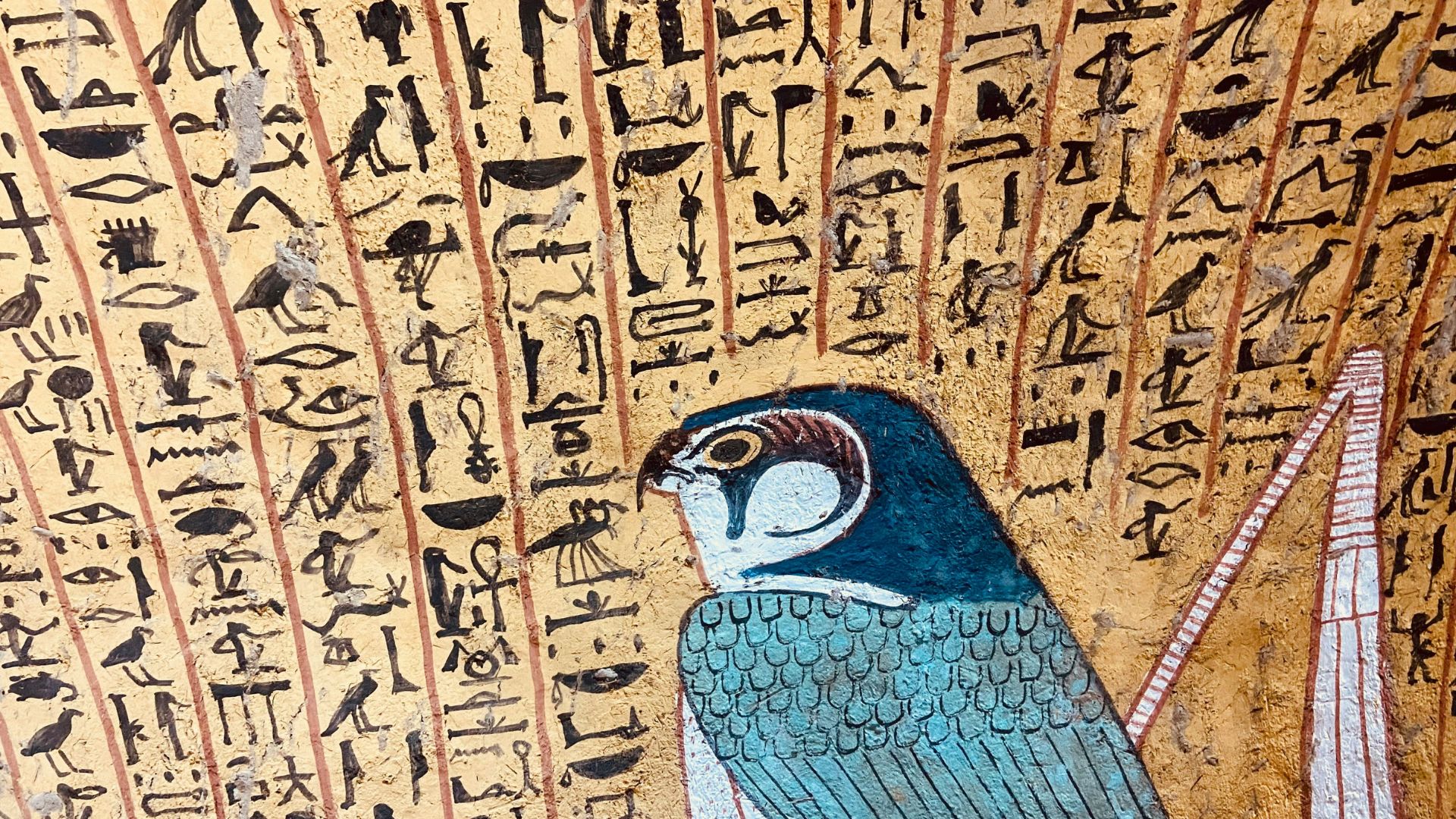
Archaeologists have also already started to research how those in these newly found graves may have died long ago in Egypt.
Preliminary research suggests that many may have died from infectious diseases, malnutrition, or other osteoarthritis disorders. One family may have even been killed by tuberculosis.
Learning More About Ancient Diseases
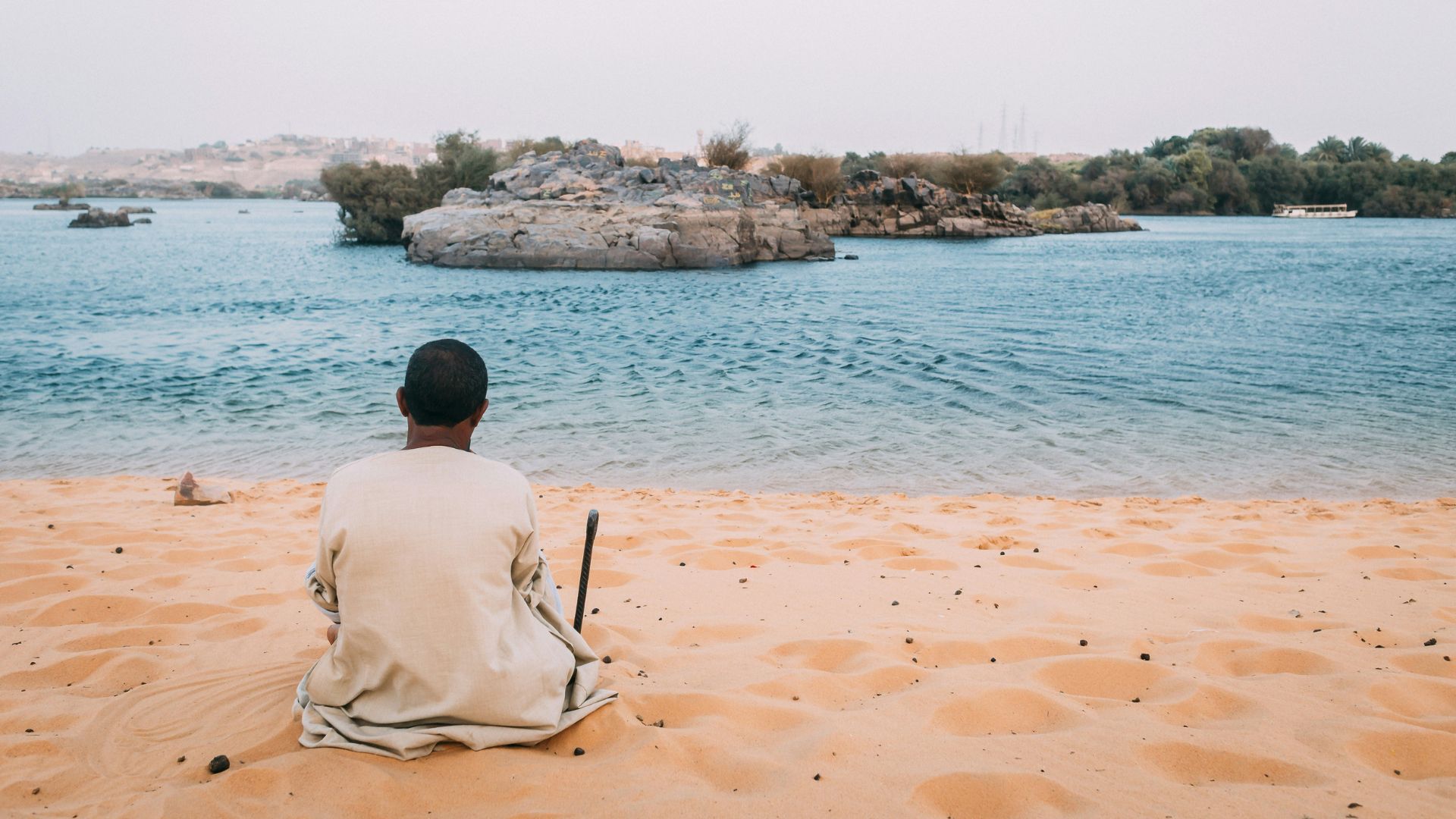
Thanks to this discovery, scientists are hoping to learn more about the ancient diseases that may have decimated communities from centuries ago.
However, these tombs can also help researchers shed light on a very important trading city in ancient Egyptian times.
Studies Bring New Information To Light
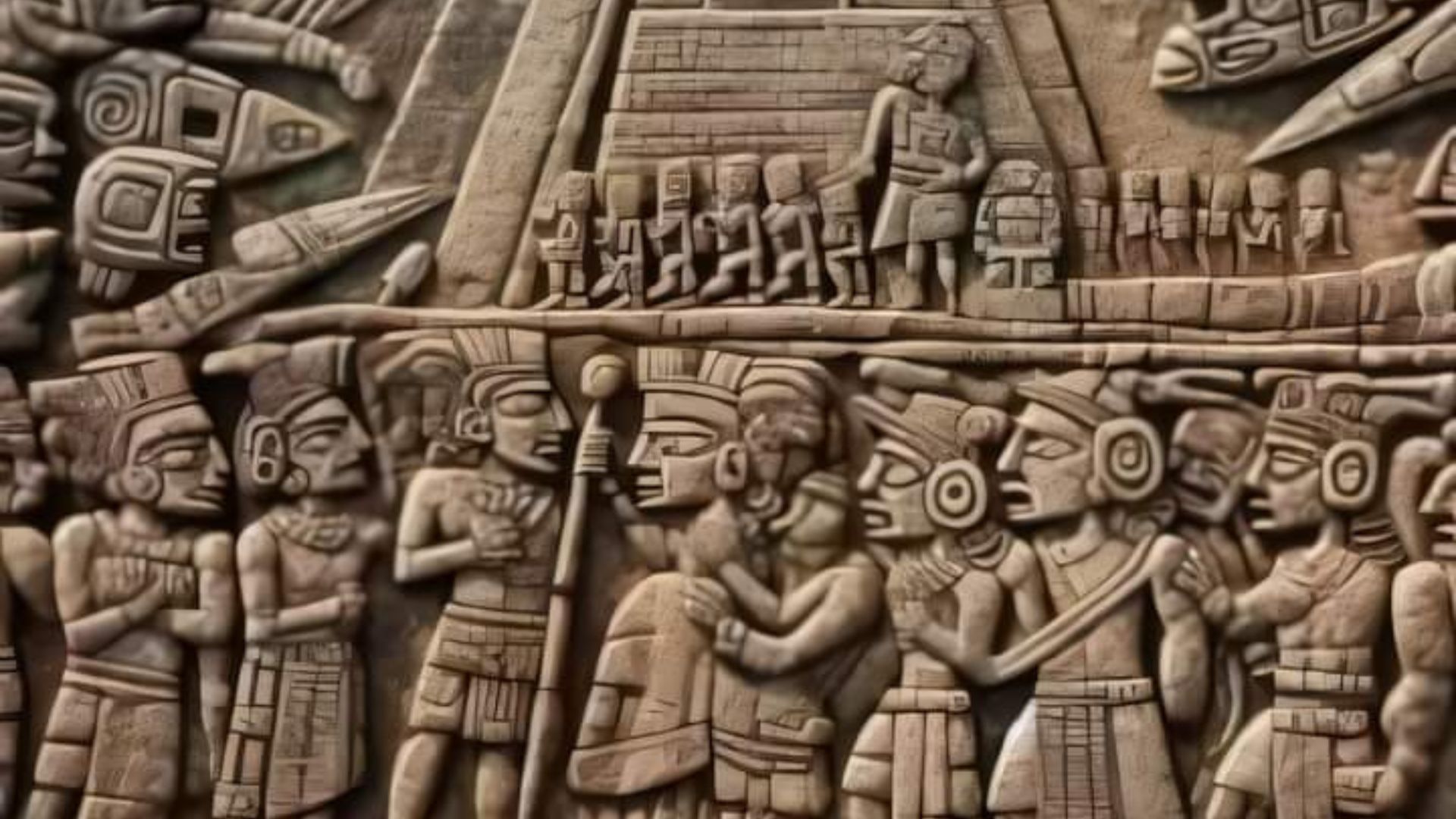
One of the many things that studies are good for is to bring new information to light. They are also good for discovering information that can challenge previous perspectives.
One such example is the DNA study on Ancient Mayan sacrifice victims. One surprise was that the victims were boys and not girls, as had previously been suggested. The other was that twins and others who were related were found, something the researchers didn’t expect to find.
Middle Class vs the Rich
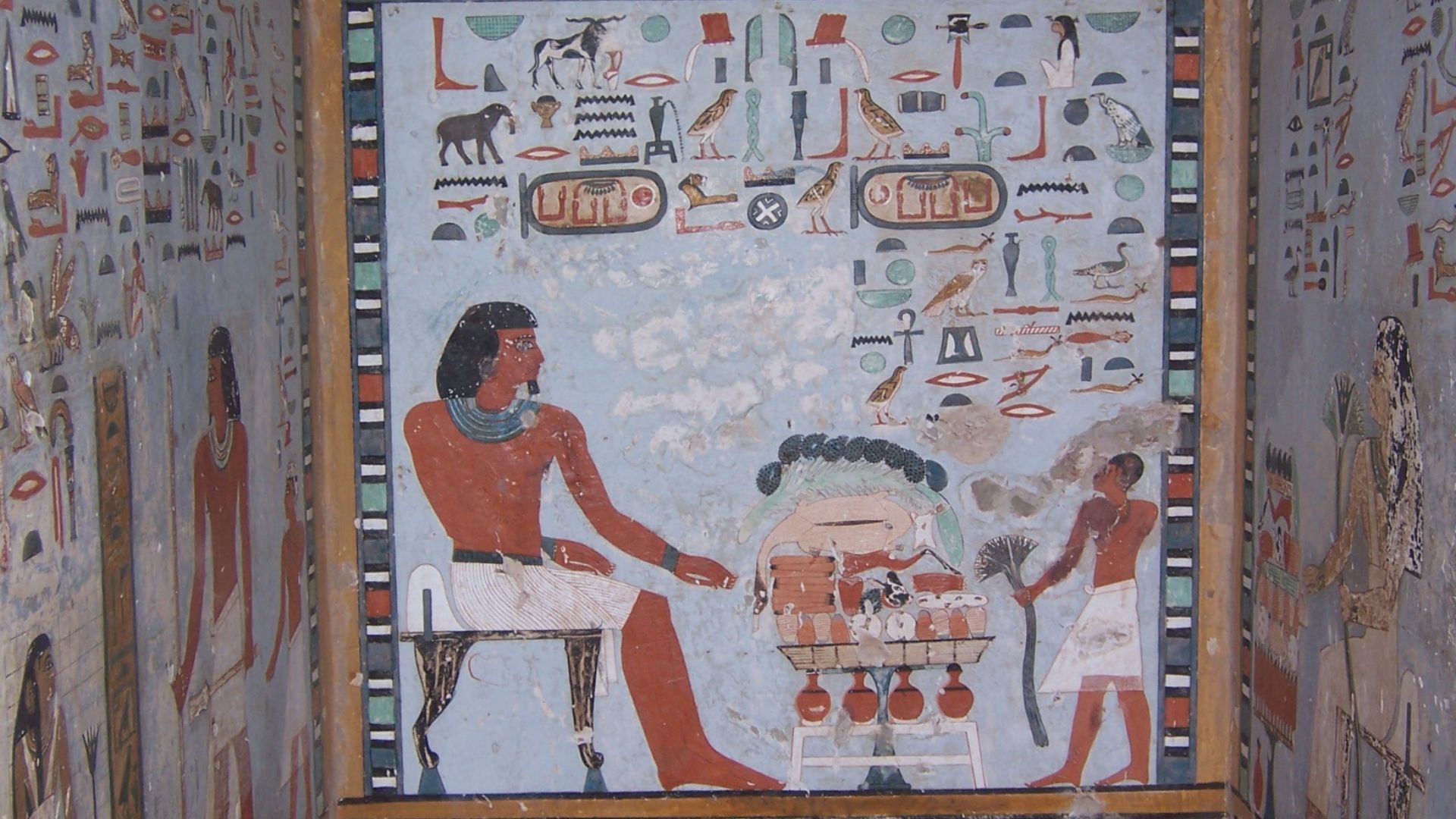
Archaeologists have revealed that this tomb likely was created to house the remains of the lower or middle-class Aswan residents in a different area from those who were deemed well off.
As a result, middle-class remains can be found in the lower sections of the tomb, while the richer residents of the city reside in the upper portions of the structure. However, some tombs were found near an open courtyard, while others were actually carved into the mountain.
Odd Discoveries
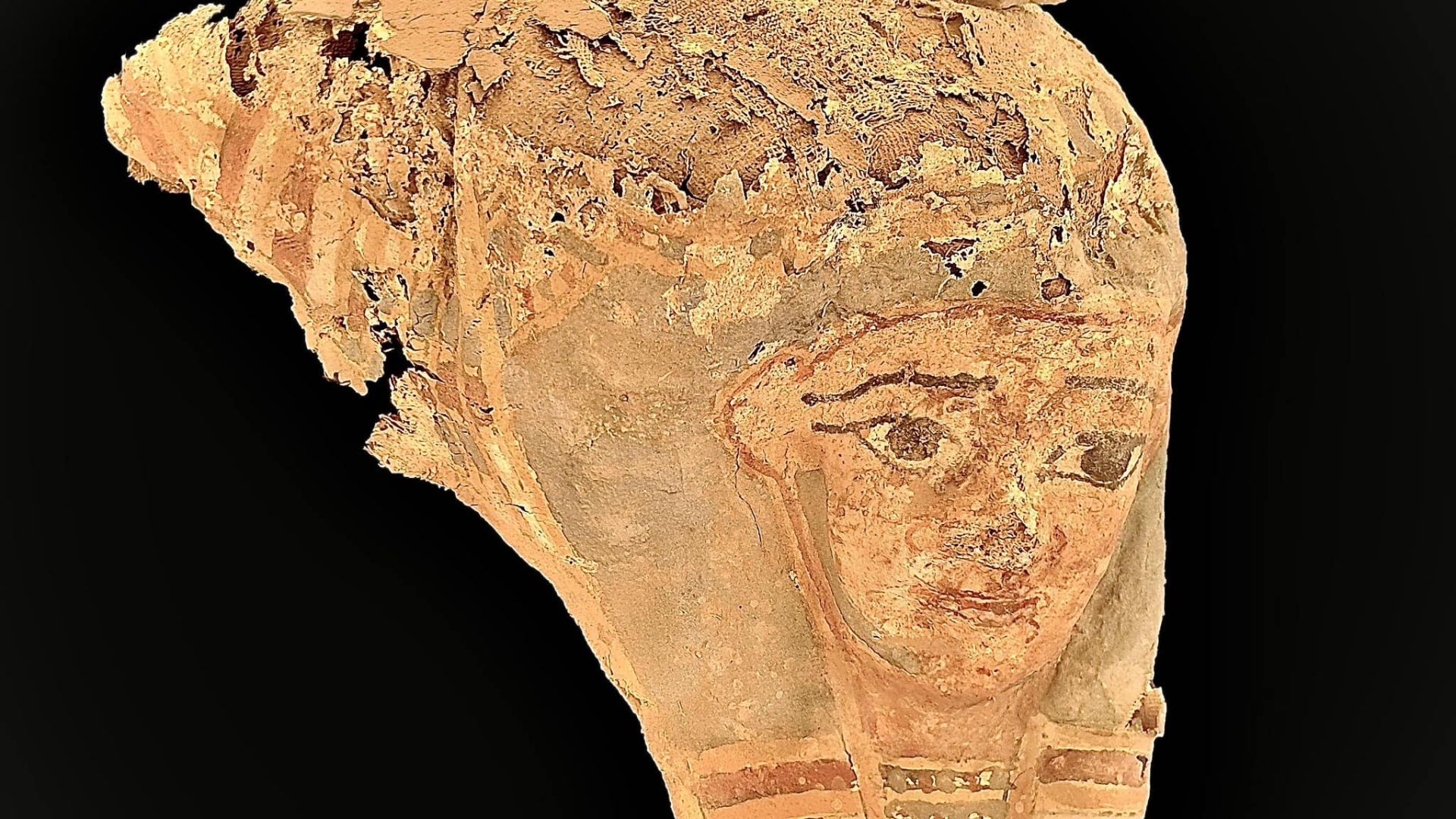
A few odd discoveries were made that archaeologists have yet to understand. Many different objects — such as certain sacrificial tables and forms of wooden coffins — have also been uncovered during this dig.
Colored cardboard and forms of burnt clay and stones were also discovered. So far, they’re not sure what these objects may have been used for.
The Most Remarkable Find
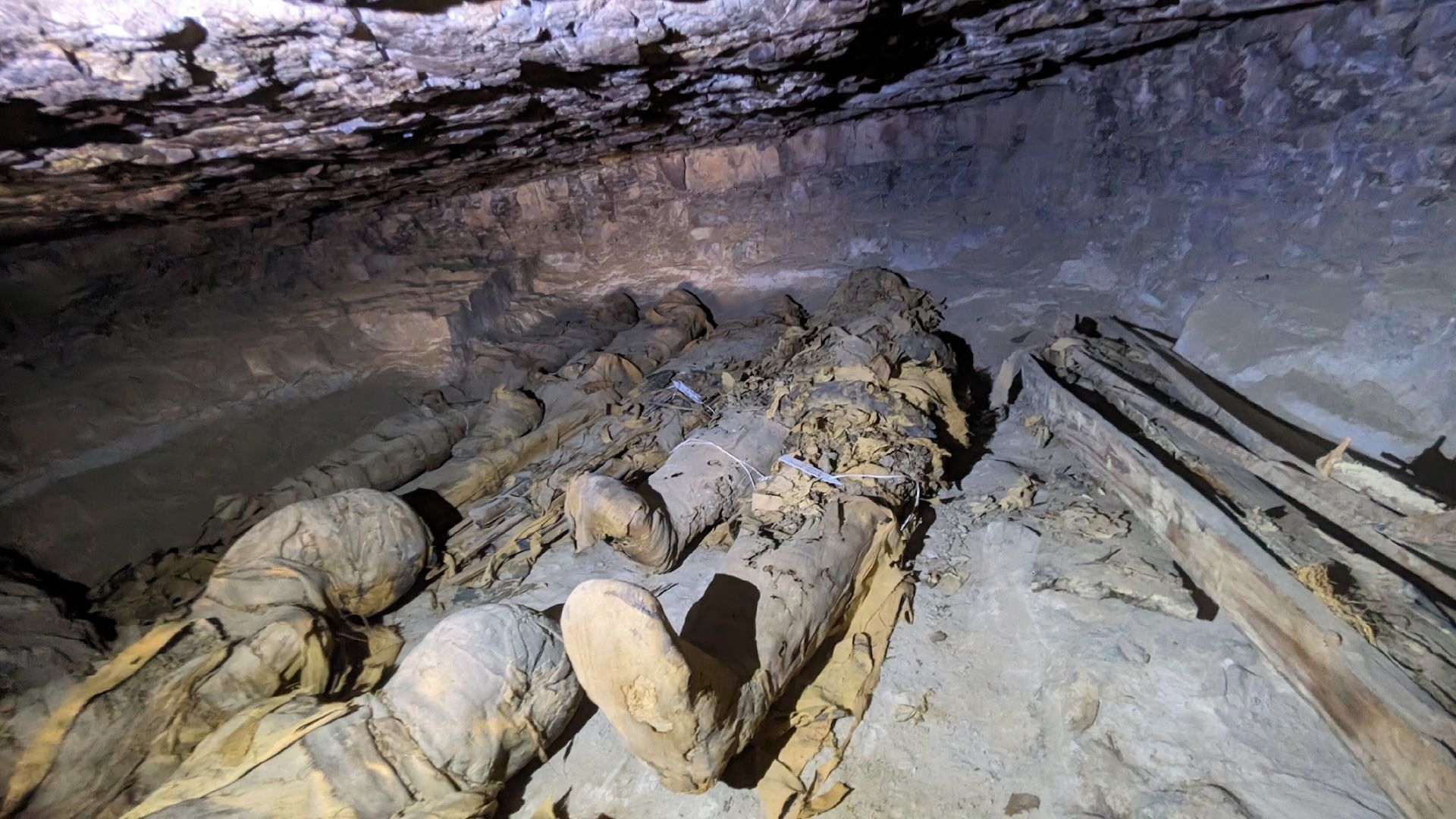
While much of this tomb simply held graves, archaeologists have revealed that several mummies were also discovered.
Most remarkably, one stone coffin had two mummies completely glued together. This find has completely stunned researchers, as they have no idea why this may have happened.
Some Tombs Remain Unopened
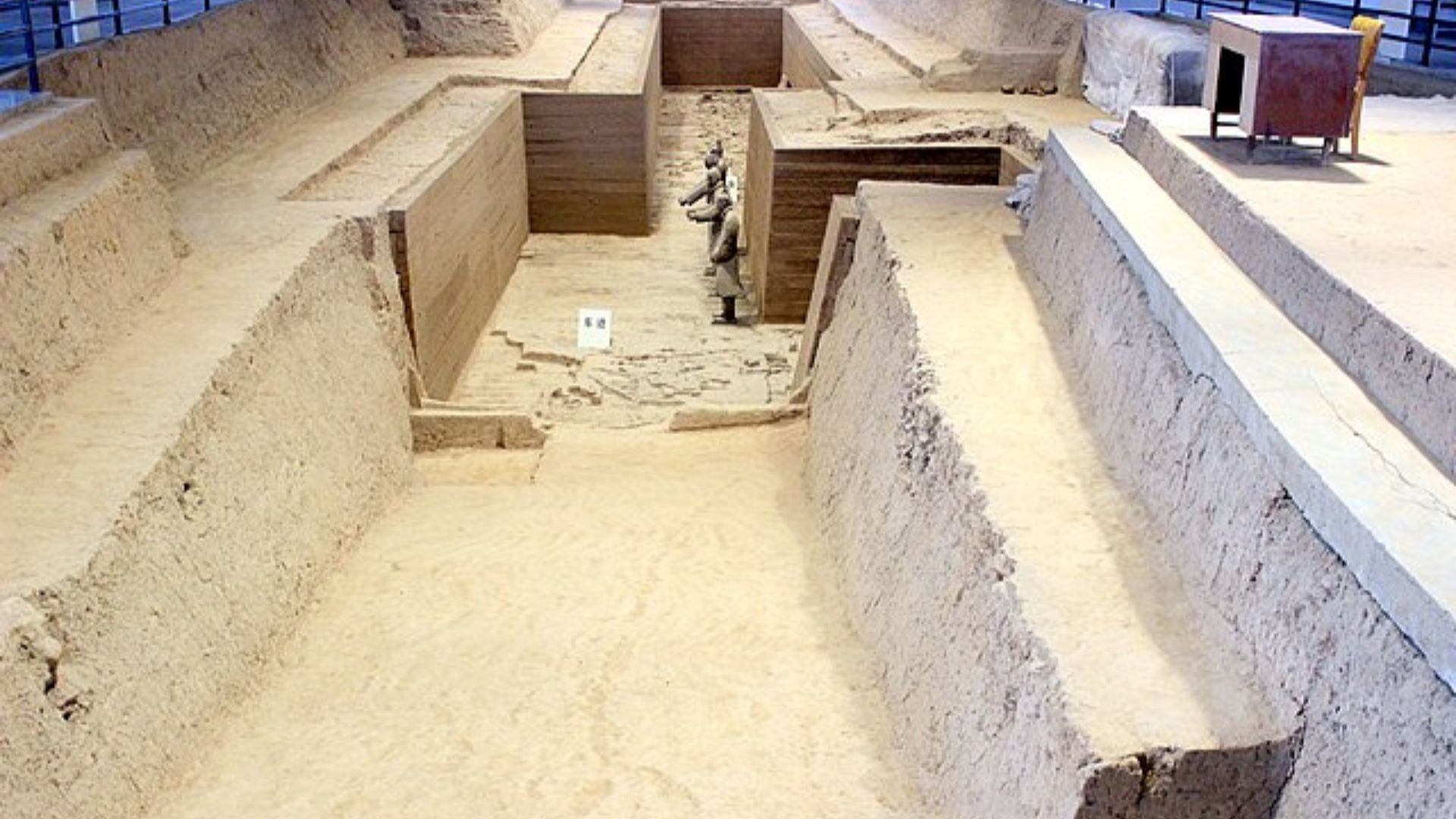
Not all tombs from ancient times that have been discovered have been opened, as others remain closed and are likely to remain closed throughout history.
One of these is the tomb of China’s first emperor, Qin Shi Huang, of the Qin dynasty. Archaeologists are hesitant to open this tomb because several historical documents have predicted that something terrible will happen if it is ever opened.
Ancient Egyptian Burial Sites Are Beautiful
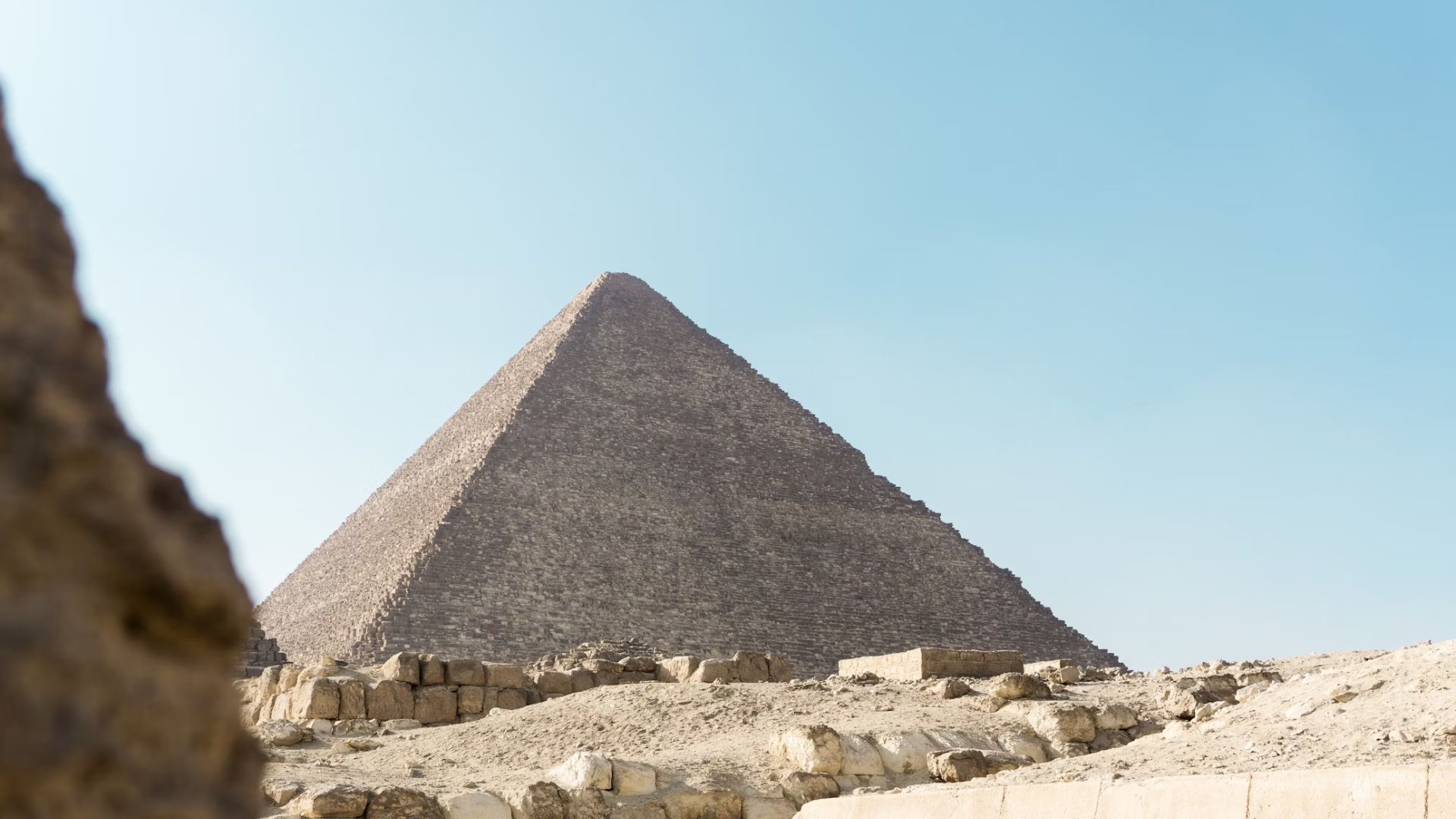
Ancient Egyptian burial sites aren’t no-go zones, as tourists and locals can visit them. Many of them are beautiful and are surrounded in deep history – much of which is still unknown.
One of the most well-known Ancient Egyptian burial sites is the pyramids of Giza. They contain hieroglyphics and art pieces that cannot be seen anywhere else.
Valley of the Kings
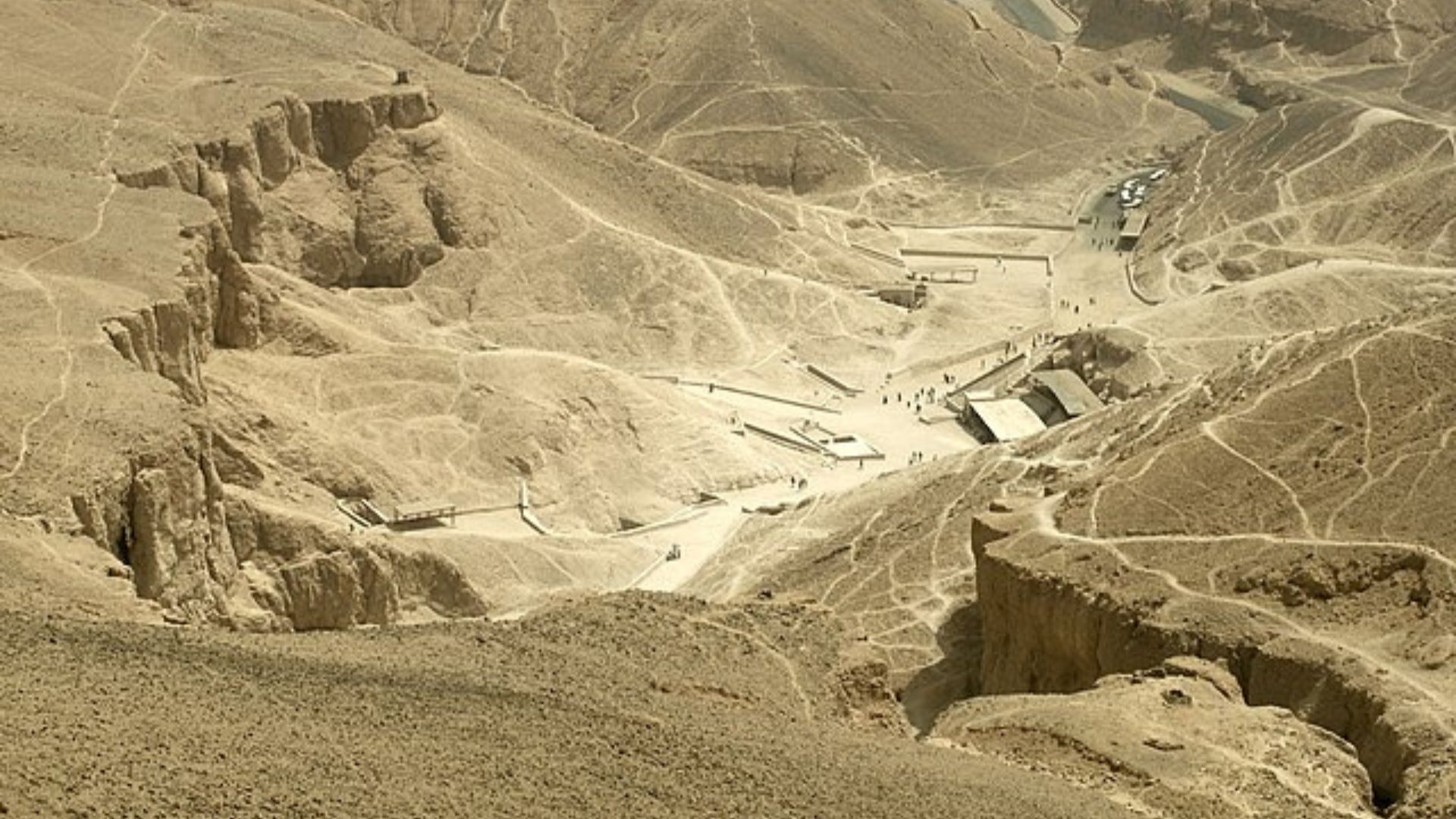
Another Ancient Egyptian burial site is the Valley of the Kings. This is where Pharaohs who ruled between 1550 BC and 1069 BC were buried.
62 tombs from this burial site have been excavated, but not all can be seen by the general public, and some can only be seen in rotation. King Tutankhamun’s tomb is the most famous to have been found here.
Valley of the Queens
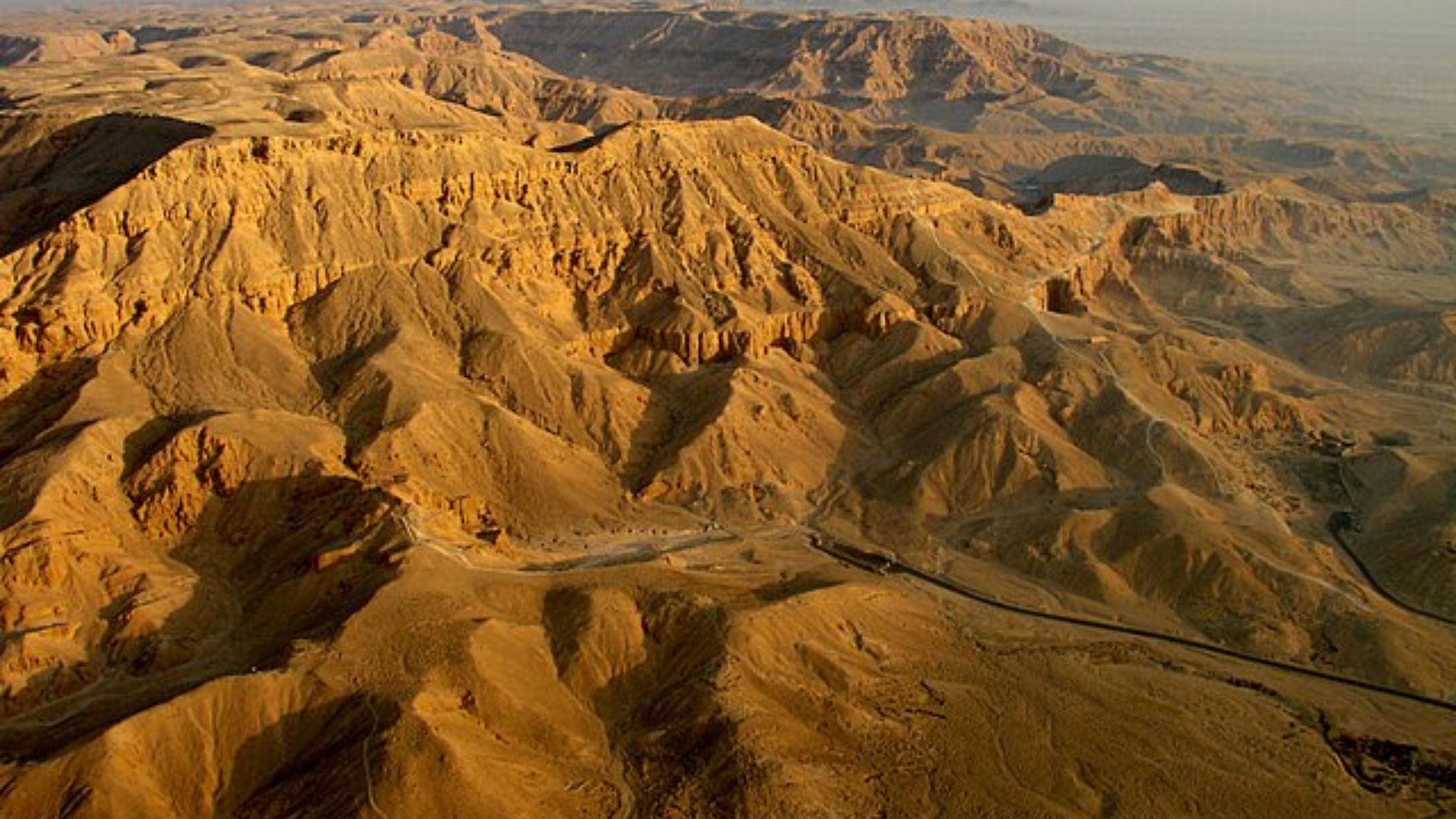
While many may have thought that the queens would have been buried with the kings, as many married couples still to this day choose to be buried together, this didn’t apply to the Kings and Queens of Ancient Egypt.
The Queens of Ancient Egypt were buried in the Valley of the Queens, which is somewhat near the Valley of the Kings. 91 tombs have been discovered at this burial site, which are generally smaller than those of the Kings.
Ongoing Research
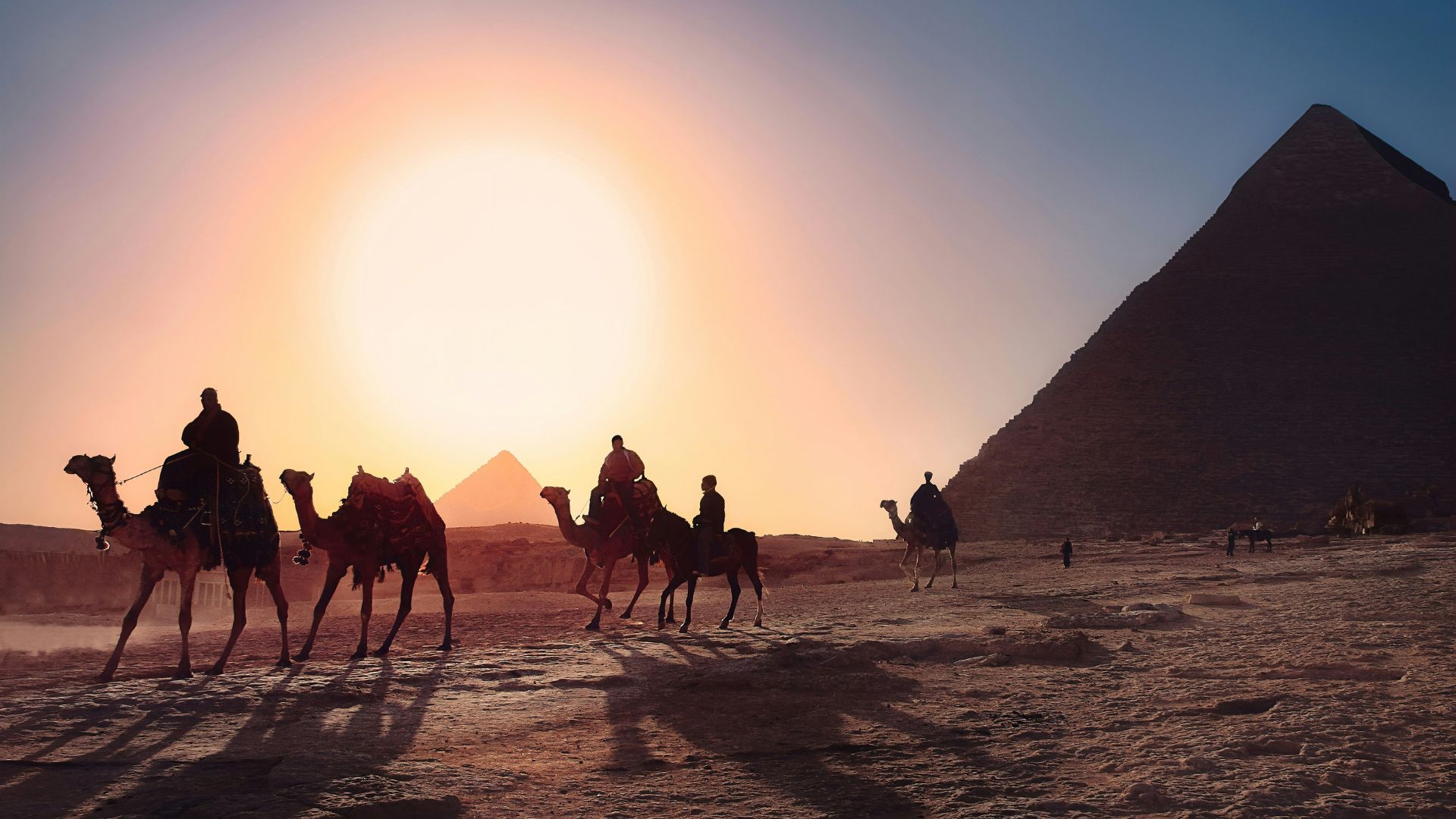
Thanks to these odd discoveries — most notably the glued-together bodies found in one coffin — archaeologists have explained that they’re going to be conducting additional research into these finds.
They’re hoping to study these glued-together mummies to find out what their relationship may have been during their lives.
300 Tombs Have Been Mapped Out
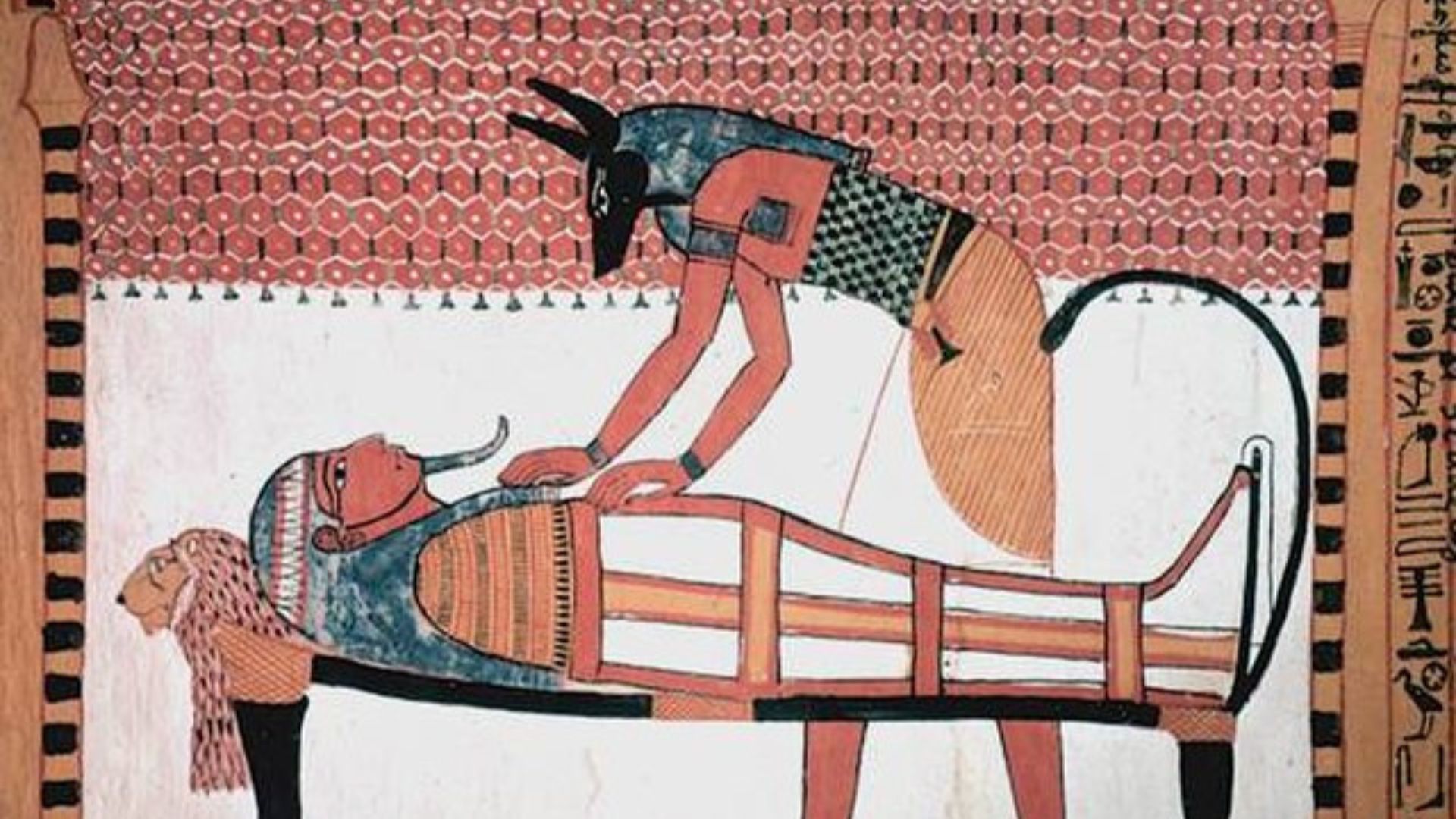
In total, archaeologists have mapped out around 300 more Egyptian tombs that they believe to be in the area and hope to learn more about them.
This is in the necropolis area that covers around 215,000 square feet. With the recent discoveries from the 30 tombs, there is every possibility that even more exciting discoveries will be made here.
